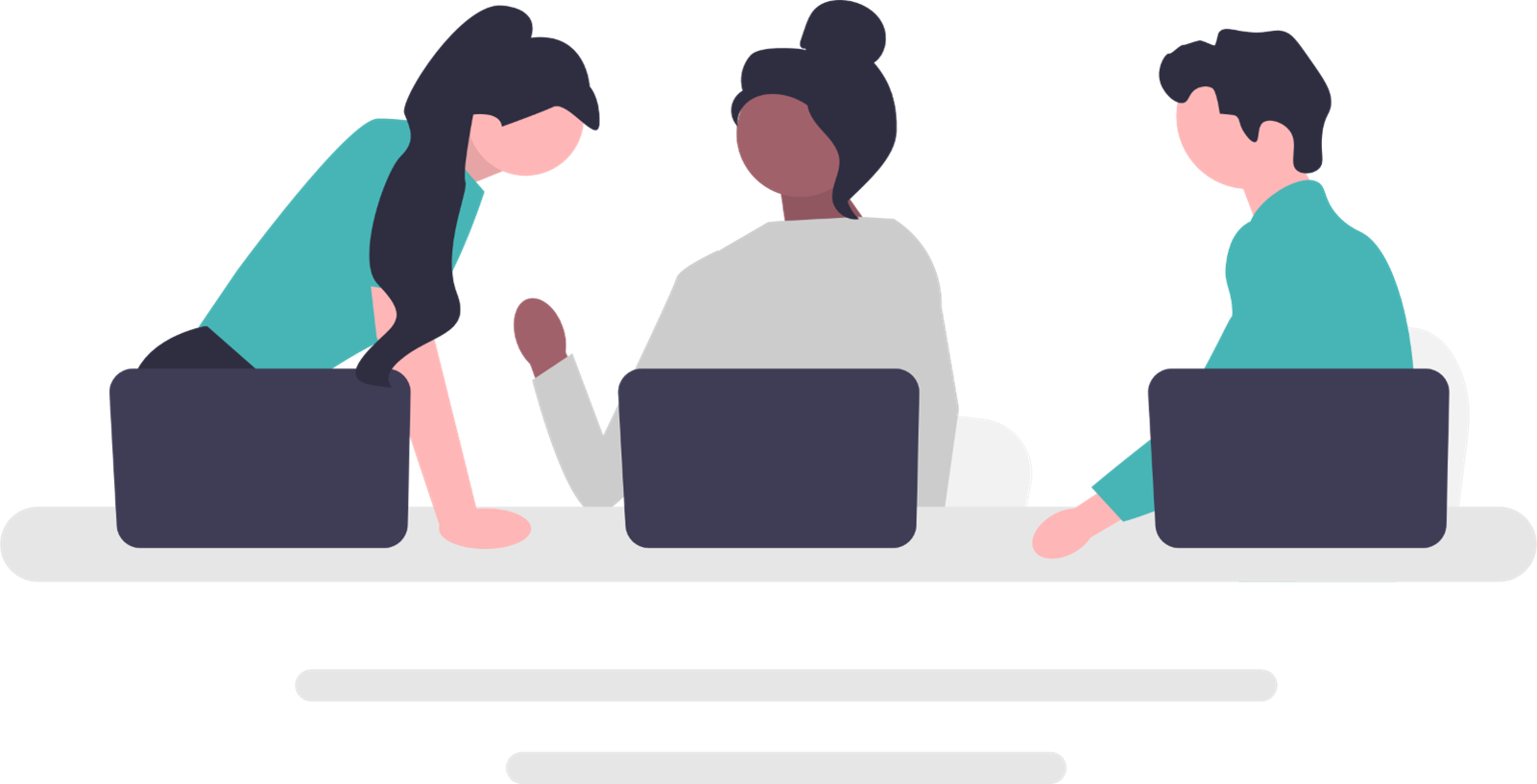In today’s digital landscape, workplace accessibility has become essential, especially with the rise of remote and hybrid work models. As teams grow more diverse, businesses need to implement accessible solutions that adapt to each employee’s unique needs, promoting equal participation and engagement. Cultivating a culture of inclusion and empowerment ensures that every individual feels valued, respected, and equipped to work productively.
With advancements in Artificial Intelligence (AI), businesses now have cutting-edge tools to create more inclusive environments. This blog explores how AI is breaking down accessibility barriers, transforming workplace inclusion, and boosting productivity with innovative solutions for all.
Personalised Assistance

AI-powered tools are revolutionising personalised support in the workplace. These smart technologies understand user needs, offering tailored solutions that enhance productivity and improve experiences.
Take Microsoft Copilot as an example. Acting like a personal assistant, it simplifies complex information and eases cognitive overload, particularly for neurodiverse users. By transcribing meetings and summarising lengthy email threads, Copilot helps users retain important details.
One user with ADHD shared:
“With Copilot’s concise summaries, I can stay focused and organised, which really reduces my stress.”
For individuals with disabilities, Copilot fosters independence. Imagine a visually impaired employee creating presentations using just their voice or someone with limited mobility navigating software hands-free. These capabilities boost confidence and ensure effective contribution.
Checkout out our blog on Launching Microsoft 365 Copilot: Realise the Benefits and Navigate the Risks and our case study on Launching Microsoft 365 Copilot with Sir Robert McAlpine for more information.
AI also supports employees with cognitive disabilities through tools like Microsoft To Do, which sends reminders and helps organise tasks. One user noted:
“Breaking down my daily responsibilities has made managing my workload much easier.”
Assistive technologies are becoming more user-friendly, too. Automatic speech recognition (ASR) systems transcribe spoken words in real time, enhancing accessibility for those with hearing impairments. Microsoft Teams live captioning feature enhances virtual collaboration.
Microsoft’s Seeing AI app assists visually impaired users by describing their surroundings, enabling them to read documents and recognise faces. This empowers users to navigate their environments more effectively.
Lastly, tools like Microsoft’s Immersive Reader offer invaluable support for individuals with dyslexia, providing text-to-speech options and adjustable formats to ensure digital content is accessible.
Improving Communication

Effective communication is vital for organisational success, and AI is simplifying this process. AI can help to break down language barriers through automatic speech recognition (ASR) systems which can transcribe spoken words in real time. This can help to enhance accessibility for those with hearing impairments. The Microsoft Teams live captioning feature enhances virtual collaboration, allowing all participants to engage more fully, regardless of their language, fostering a more inclusive atmosphere.
Smart Workspaces

AI transforms workplace environments to suit individual preferences. For instance, AI-powered tools can adapt features like screen readers and modify text sizes for effective access to digital tools.
Imagine walking into a workspace that adjusts to you! AI can control lighting, temperature, and desk height based on your preferences. Smart lighting systems can automatically adjust to reduce eye strain for individuals with visual sensitivities. With devices like Google Nest, settings can be tweaked using voice commands, creating a comfortable work atmosphere.
Learning and Development

AI enhances training by offering accessible modules tailored to diverse learning styles, ensuring equal opportunities for professional growth. AI-driven learning platforms like LinkedIn Learning customise experiences to fit how each employee learns best, allowing everyone to develop skills and advance their careers.
Inclusive Hiring Practices

AI is transforming diversity and inclusivity in hiring. Tools like Pymetrics use neuroscience-based games to assess candidates’ skills without revealing personal information. Similarly, HireVue analyses video interviews to focus on candidates’ responses and skills, reducing bias.
At FSP, we offer extra support during interviews, such as extended times and personalised accommodations.
Charlie, our Talent Acquisition Executive, emphasises:
“When we understand candidates’ needs, we level the playing field and attract a more diverse talent pool.”
Creating an Inclusive Culture

AI plays a crucial role in fostering an inclusive workplace culture. Tools like Culture Amp analyse employee feedback to identify areas for improvement.
John, a HR manager, shared how implementing Culture Amp revealed that remote employees felt disconnected:
“We organised virtual coffee breaks based on the insights gathered. These small changes have made everyone feel more included and valued, regardless of their working conditions.”
So, what’s the takeaway?

As you consider integrating AI solutions into your workplace, take a moment to reflect on your organisational culture. How well do you know your employees and their unique needs? Are you equipped to provide the necessary tools and support to ensure everyone can thrive in an inclusive environment? If not, you’re not just missing out on compliance opportunities – you’re overlooking a chance to enhance team effectiveness, engagement, and morale.
At its core, accessibility is about empowering your workforce. It’s about recognising that individuals perform best when they have the right support, including easy access to the tools and resources they need, whenever and however they need them.
If you’re ready to embark on your accessibility journey or are looking to improve your employee experience with AI-driven solutions, we’re here to help. Let’s start a conversation about how we can create a more inclusive and productive workplace together.

